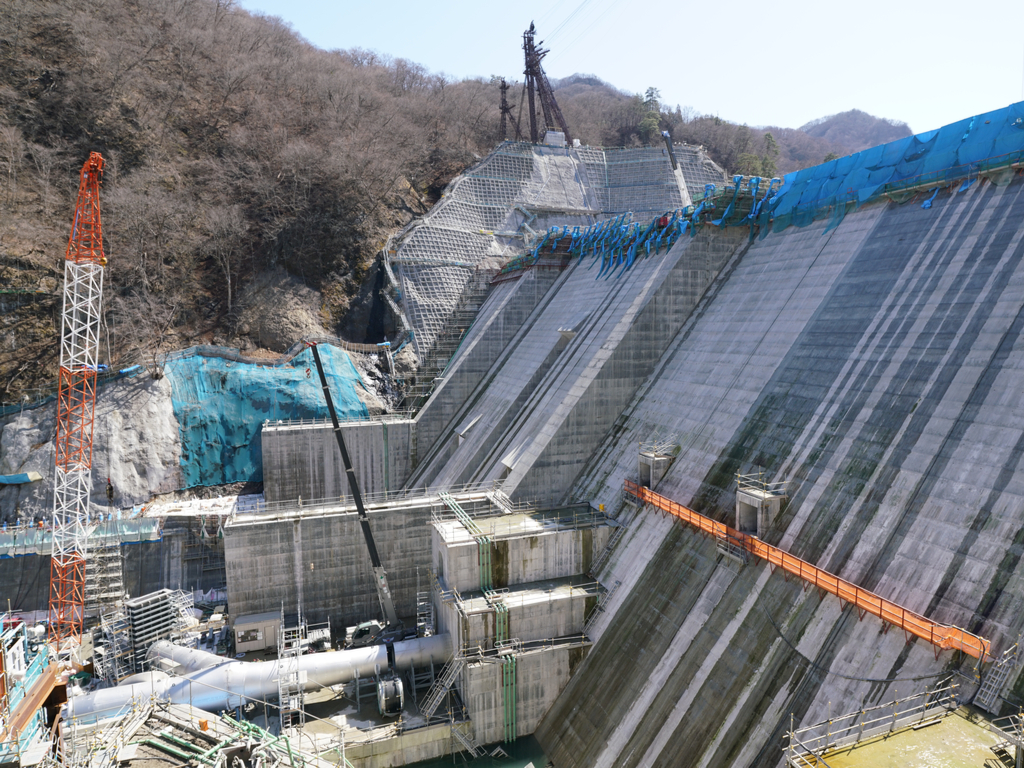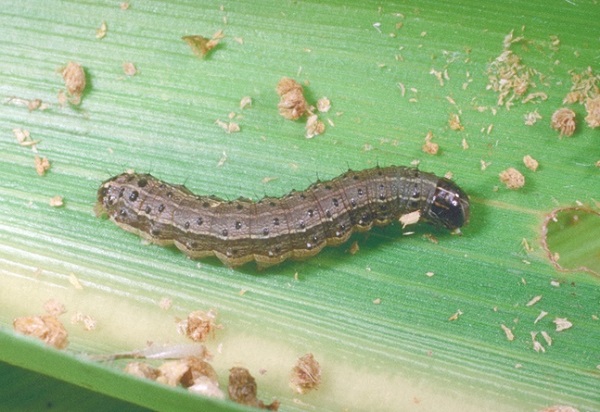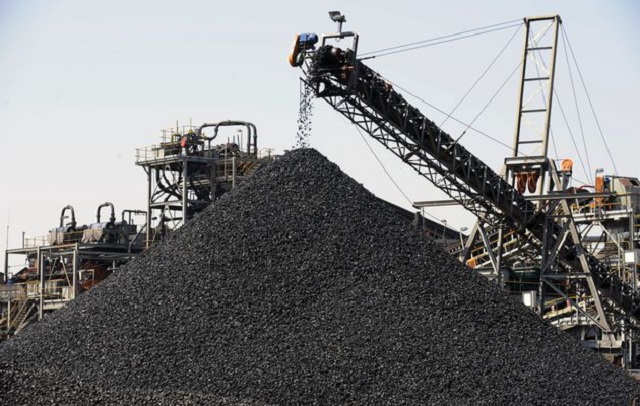Farmers enjoined to venture into fodder production
FARMERS in Matabeleland South Province have been encouraged to venture into fodder production to ensure that they have access to nutritious supplementary feed for their livestock during the dry season.
Recurrent droughts due to climate change have in recent years left most communal farmers exposed to risks of losing livestock due to depleting pastures.
This has seen most smallholder farmers, especially in the southern region of the country, grappling with the grim effects of losing their only source of wealth, as herds continue to be wiped out.
In the context of rising costs of stockfeed in the formal markets, there have been growing calls to build capacity and resilience of smallholder farmers to preserve the national herd.
Insiza District is one of the livestock hubs in the province but has suffered reduced pastures over the years, especially on the communal southern parts while the north, which is made up of large commercial farmland, has an abundance of grassland.
Matabeleland South acting provincial agricultural officer, Mr Mkhunjulelwa Ndlovu said fodder production reduces costs, poverty death and improves the condition of livestock.
“We’re looking at the cost and resilience aspects.
Stockfeed is very expensive.
We’re saying if the smallholder farmer can produce their own fodder, they’ll cut on production costs.
If the farmer is relying on rain-fed farming, fodder production becomes seasonal.
He/she only grows fodder during the rainy season.
The farmer will be trying to cut down on costs, reduce poverty death, improve the condition of livestock and increase stockfeed during the dry season.
The farmer will also be improving on the nutrition aspect on all classes of animals.
If the farmer is into breeding, he/she has to maintain the breeding stock, the bull, the heifers and the cows.
If he’s into dairy, he’ll be more interested in milk production and in order to get more yields in terms of milk, you have to give your animal the right feed,” said Mr Ndlovu.
He noted that relying on commercial feed alone increases the cost of production.
“You end up not realising any business at all. But if you produce your own fodder, prepare it and feed your animal, you’re increasing your revenue and reducing costs of production.
If you’re into irrigation, you can do fodder production throughout the whole year.
That’s a climate smart approach to farming especially for livestock production.
You can also do pen fattening using the naturally born fodder or the irrigated pastures,” said Mr Ndlovu.
He said one of the advantages of growing fodder is that the farmer can keep a large herd on a small area.
“This is because you’ll be producing more biomass for your livestock so there’s high production in a small unit area.
With fodder, you can harvest it, let it rejuvenate, harvest again and then preserve it.
You can play around with security management and species that produce high biomass so you can get more yield,” said Mr Ndlovu.
Last year, President Mnangagwa launched the Presidential Livestock Scheme as part of efforts to grow the livestock sub sector.
Under the scheme farmers are receiving legume seeds, fertilisers and forage sorghum among other inputs.
The scheme falls under the Livestock Growth Plan, which is part of the Agriculture and Food Systems Transformation Strategy that is expected to turn agriculture into an US$8,2 billion industry by 2025 and contribute towards the achievement of Vision 2030.
According to the Ministry of Lands, Agriculture, Fisheries, Water and Rural
Resettlement, livestock is an important source of income for two thirds of rural households and contributes significantly to inclusive growth of the agriculture sector and the economy as well as food and nutrition security.
Plans are underway to earn significant foreign currency for the country through the livestock sector.
According to the plan, beef production is expected to grow from 50 000 tonnes to 90 000 tonnes per year.
The transformation of the livestock sector through the Livestock Growth Plan is premised on improved animal nutrition and development of pastures. — The Chronicle











